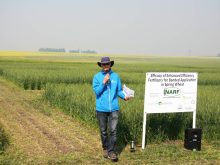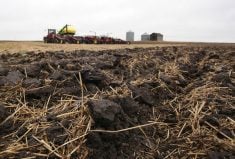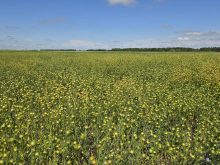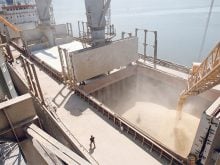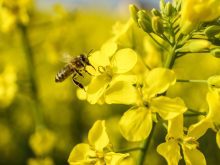Bees are among the most important employees for companies engaged in hybrid canola seed production, sales and related chemical technology.
The industry is worth an estimated $600 million a year to seed companies. Most of North America’s hybrid canola seed is grown in irrigated southern Alberta.
Companies contract farmers to grow the seed, which must be planted on land that hasn’t hosted brassica species in at least three preceding years. It must also be isolated from other canola crops.
Equipment sanitation, chemical applications and other requirements are proscribed by the seed companies, which pay a premium because of the extra work required to grow the seed.
Read Also
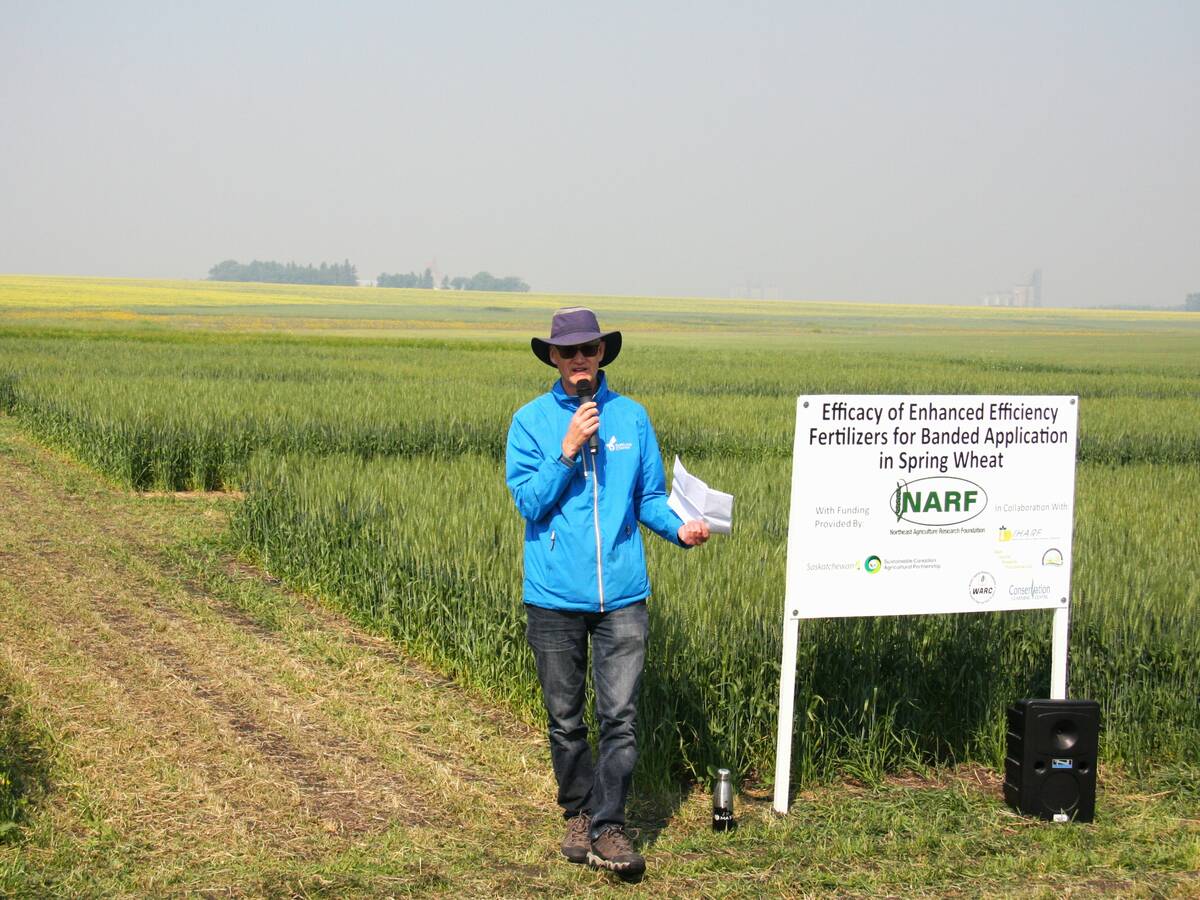
Fertilizer method’s link to emissions studied
A researcher says others studying greenhouse gas emissions aren’t considering how the loss of nitrogen into the atmosphere correlates with fertilizer application or if there is an impact to yield.
Hybrid seed is the product of crosses between two distinct parental lines. The female seed does not produce pollen and cannot self-pollinate. Instead, female seed is planted in strips adjacent to pollen-producing male seed. It’s then the bees’ job to transfer the pollen from the males to fertilize the female plants.
Leafcutters, which do not produce honey, are placed within fields and sheltered with huts or tents to protect them from weather , spraying and irrigation.
Honeybees are placed in field pivot corners. They have a wider range than leafcutters.
Male canola plants are clipped during the growing season so they will reflower, which extends the bloom period and increases opportunities for bees to transfer pollen.
The male plants are destroyed at harvest and the female seed is combined, cleaned, bagged and shipped.
George Lammertsen, manager of canola seed production at Bayer CropScience, said canola acres are increasing along with global demand for canola oil.
Hybrid canola tends to offer higher yields and other agronomic advantages, so hybrid seed companies are trying to keep pace.
Ninety-five percent of commercial canola grown in Canada is herbicide tolerant, and 90 percent of that is derived through use of hybrid seed.
“It’s about yield, it’s about quality, it’s about disease and of course various agronomic considerations,” said Lammertsen.
He said there are 120 canola research sites in Western Canada and 200,000 trial plots in which seed companies are developing new varieties. Pollen from hybrid canola is fairly heavy, as pollen goes, which limits how far it can be spread by wind or other means besides bees.





